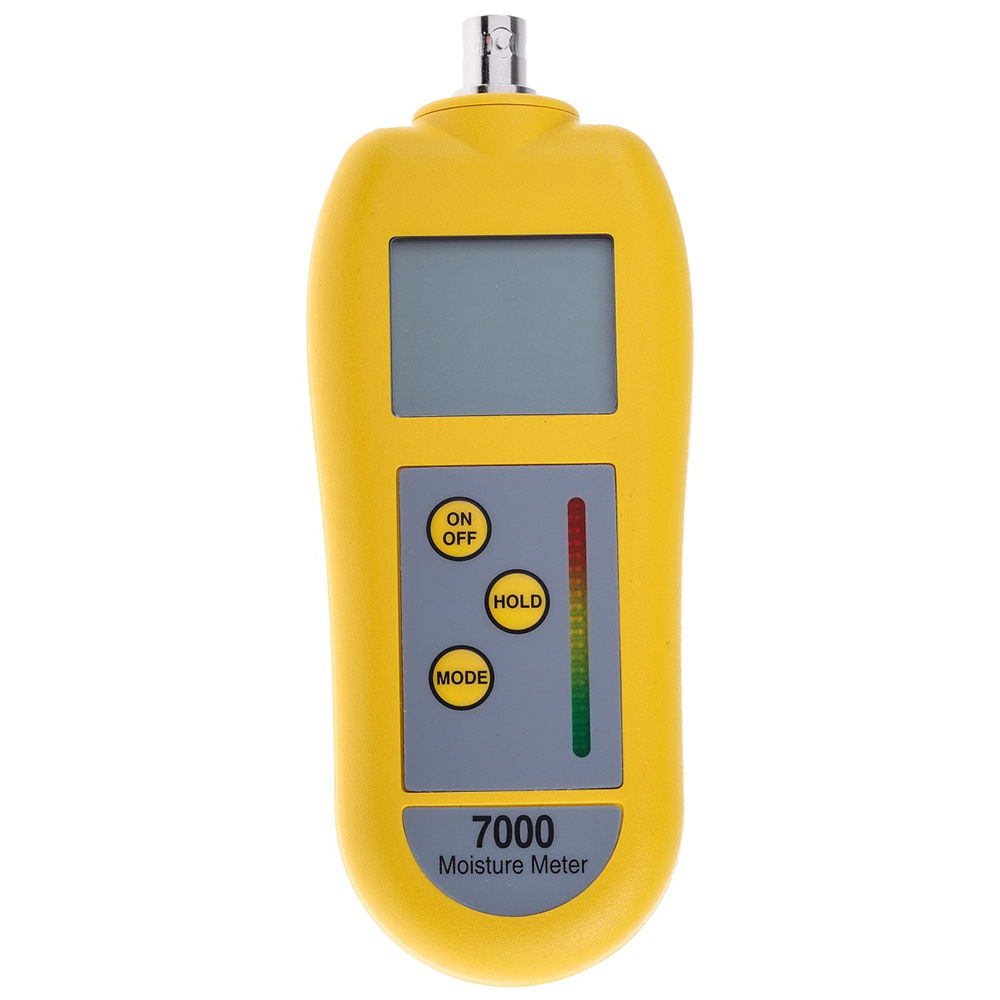Moisture Meter Acquiring Guide: What to Seek in High-Quality Instruments
Moisture Meter Acquiring Guide: What to Seek in High-Quality Instruments
Blog Article
The Ultimate Guide to Moisture Meters: A Comprehensive Overview and How They Can Save You Money
In the world of structure upkeep, building and construction, and numerous industries, the significance of accurately gauging moisture levels can not be overemphasized. Wetness meters work as essential devices in spotting and keeping track of moisture content in products, helping in preventing pricey damages and making certain the top quality of products. Recognizing the nuances of various types of wetness meters, their applications, and the potential cost-saving advantages they provide can be a game-changer for specialists and businesses alike. Finding how these tools can not only improve processes yet also add to financial cost savings is a trip worth starting.
Kinds Of Moisture Meters
Numerous sorts of wetness meters are available for various applications in different industries. One common kind is the pin-type moisture meter, which determines the electric resistance in between 2 pins inserted into a product. This kind is ideal for timber, drywall, and various other structure materials. Pinless wetness meters, on the various other hand, use electro-magnetic sensing unit plates to scan a larger location without creating damages to the product's surface area. These meters are suitable for quickly examining moisture levels in large areas such as wall surfaces and floorings.
Infrared moisture meters measure the thermal homes of a material to determine its moisture web content non-invasively, making them beneficial for applications where pin or pinless meters might not be appropriate. Understanding the different kinds of wetness meters offered can help industries pick the most ideal tool for their specific moisture dimension requirements.

Advantages of Utilizing Moisture Meters

Furthermore, using wetness meters can bring about increased energy performance. By identifying areas with high wetness levels, such as leakages or inadequate insulation, modifications can be made to boost power preservation and reduce utility costs. In agricultural settings, wetness meters play an essential role in optimizing crop yields by enabling farmers to keep an eye on dirt dampness degrees and make notified watering choices. On the whole, the benefits of using moisture meters cover across various industries, offering economical remedies and advertising far better top quality control methods.
Just How to Select the Right Moisture Meter
Selecting the ideal dampness meter includes considering vital variables such as material compatibility, measurement array, and calibration accuracy. When choosing a wetness meter, it's necessary to guarantee that the meter appropriates you could try this out for the details material you will certainly be screening. Various products have varying electric properties that can influence moisture analyses, so selecting a meter made for your product is essential for exact results. In addition, think about the measurement array of the moisture meter. Make certain that the meter can discover dampness levels within the array needed for your applications. Calibration accuracy is an additional essential element to bear in mind (Moisture Meter). Choose a dampness meter with reputable calibration to ensure exact and consistent readings. Some meters may need routine calibration adjustments, so comprehending the calibration procedure is important. By meticulously evaluating these elements, you can pick a moisture meter that satisfies your requirements and gives precise wetness dimensions for your projects.
Proper Methods for Moisture Meter Use
To ensure exact wetness readings and optimize the effectiveness of a dampness meter, utilizing proper strategies is necessary. When using a pin-type dampness meter, insert the pins or probes right into the product being checked until they make complete contact. By complying with these proper methods, customers can depend on their dampness meter to offer reliable wetness degrees, aiding in stopping pricey damage or making certain quality in different applications.

Expense Cost Savings Via Moisture Meter Applications
Just how can the tactical application of dampness meters bring about considerable price savings across numerous industries? Wetness meters play a critical role in expense financial savings by avoiding prospective damages and ensuring high quality control in various fields. In the farming market, dampness meters aid in figuring out the optimum time for harvesting crops, preventing over-drying or excess dampness that can Find Out More affect the end product's quality. This precise surveillance helps farmers prevent unneeded losses and optimize their return.

Additionally, in the food processing industry, moisture meters are important for keeping an eye on product high quality and guaranteeing compliance with safety policies. By accurately measuring moisture content in foodstuff, manufacturers can protect against perishing, keep quality, and minimize waste, leading to significant cost financial savings. Overall, the critical application of dampness meters is an important financial investment that can lead to significant price reductions and enhanced effectiveness throughout numerous markets.
Conclusion
In final thought, dampness meters are valuable tools for gauging and discovering moisture degrees in different products. By utilizing the ideal dampness meter and following correct techniques, individuals can effectively stop pricey problems caused by excess moisture.
Dampness meters serve as crucial devices continue reading this in discovering and checking moisture content in materials, aiding in avoiding expensive damages and making sure the top quality of items. Infrared dampness meters gauge the thermal residential properties of a product to establish its moisture content non-invasively, making them valuable for applications where pin or pinless meters may not be suitable.Moisture meters supply important advantages in accurately evaluating and keeping track of moisture levels in diverse products and environments. In agricultural setups, dampness meters play a vital duty in maximizing plant returns by allowing farmers to keep track of soil dampness degrees and make notified watering choices.In final thought, dampness meters are valuable devices for determining and spotting moisture degrees in various materials.
Report this page